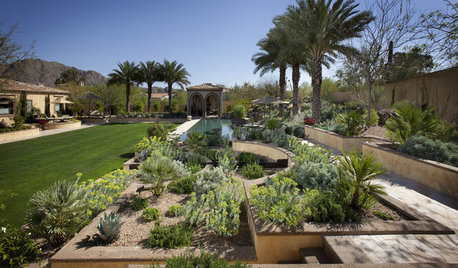Creosote near Isleta/Albuquerque
cactus_dude
12 years ago
Featured Answer
Comments (18)
nmgirl
12 years agocactus_dude
12 years agoRelated Professionals
Camas Landscape Architects & Landscape Designers · Erie Landscape Architects & Landscape Designers · Havre de Grace Landscape Architects & Landscape Designers · Redondo Beach Landscape Architects & Landscape Designers · Anderson Landscape Contractors · Elgin Landscape Contractors · Stamford Landscape Contractors · Williamsburg Landscape Contractors · Columbine Landscape Contractors · Natick Landscape Contractors · North Chicago Landscape Contractors · North Plainfield Landscape Contractors · Richmond Landscape Contractors · Twin Falls Landscape Contractors · Markham Landscape Contractorsnmgirl
12 years agocactus_dude
12 years agofabaceae_native
12 years agocactus_dude
12 years agogreyghost61
12 years agordr115
12 years agofabaceae_native
12 years agoquercus_abq
9 years agoquercus_abq
9 years agoquercus_abq
9 years agonmfruit
9 years agovioletwest
9 years agolast modified: 9 years agojfr110701
8 years agojadeite
8 years agoQUERCUS
8 years ago
Related Stories

GARDENING GUIDESSouthwest Gardener's October Checklist
Softer light and milder weather make desert gardens a real joy this month, but watch the water and don't forget to plan
Full Story






nmfruit